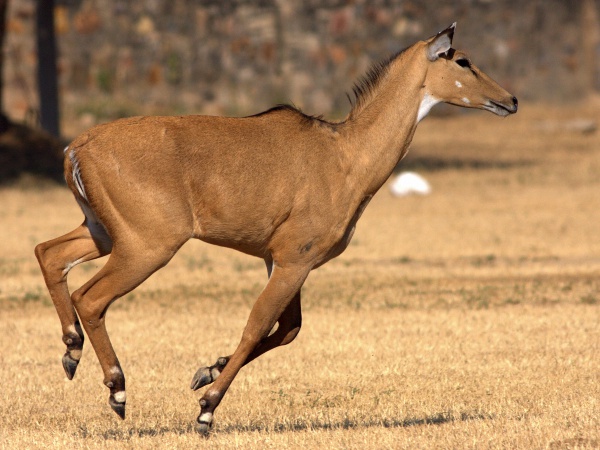Facts About Nilgai
The nilgai, often referred to as the blue bull, is the largest antelope in Asia and roams the northern Indian subcontinent. Described first by German zoologist Peter Simon Pallas in 1766, it is the sole member of the genus Boselaphus. These diurnal herbivores primarily consume grasses and herbs, but they occasionally feed on woody plants in dry tropical forests. A notable characteristic of the nilgai is its sexual dimorphism—males possess a bluish-grey coat and horns, while females do not.
Nilgai are social animals that form groups based on age and sex. They tend to be shy and will quickly flee when startled. They are predominantly found in scrub forests and grassy plains, avoiding dense forests. They are particularly common in the Terai lowlands of northern India, maintaining substantial populations in India, Nepal, and Pakistan. Interestingly, nilgai were introduced to Texas in the 1920s, and by 2008, the feral population had grown to approximately 37,000.
Scientifically known as Boselaphus tragocamelus, nilgai belong to the Bovidae family. Fossil records indicate that their tribe, Boselaphini, originated in Africa during the late Miocene and has remained relatively unchanged among bovids. In India, nilgai are protected under wildlife conservation laws and are classified as Least Concern by the IUCN.
Nilgai have a unique relationship with humans, being deeply integrated into Indian culture and revered by Hindus. However, their large populations can sometimes cause significant damage to crops, leading some Indian states to classify them as vermin and permit culling. This has sparked controversy with animal rights activists. Despite these challenges, nilgai play an important ecological role by enriching soil quality with their droppings.

 Nepal
Nepal